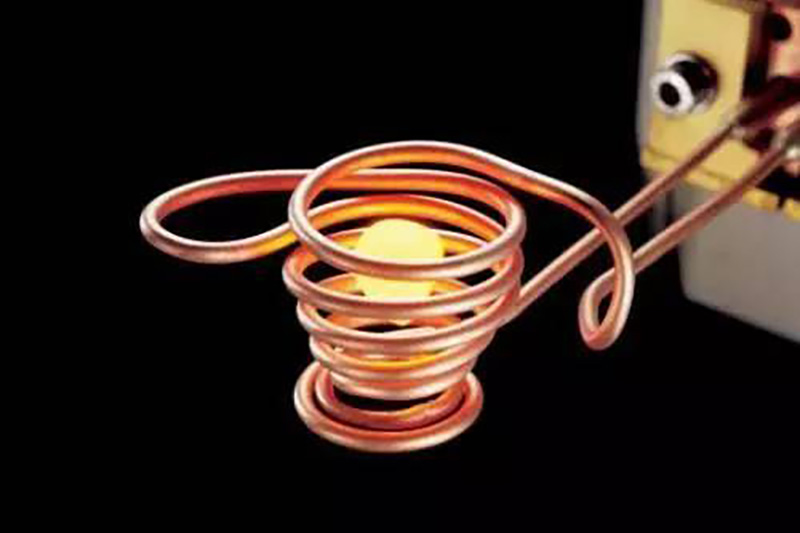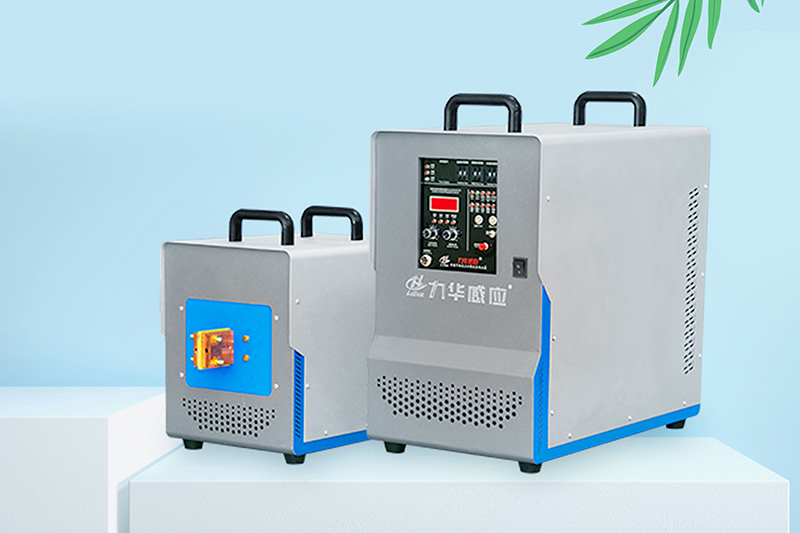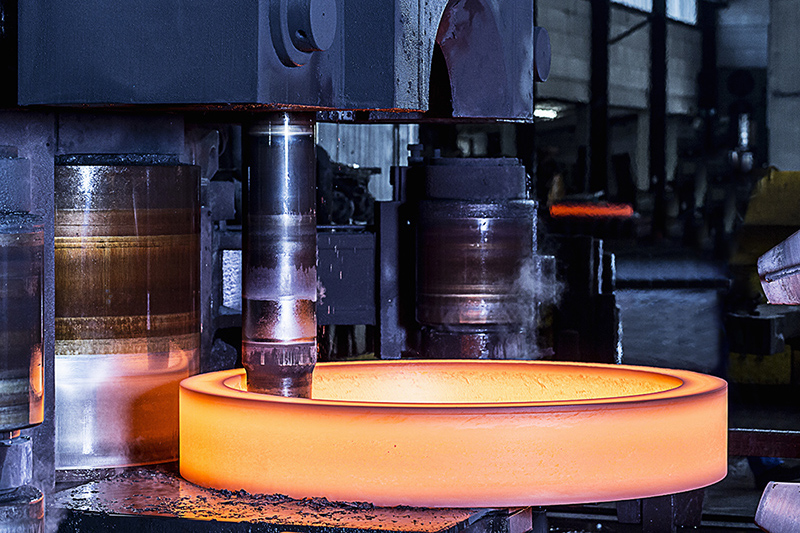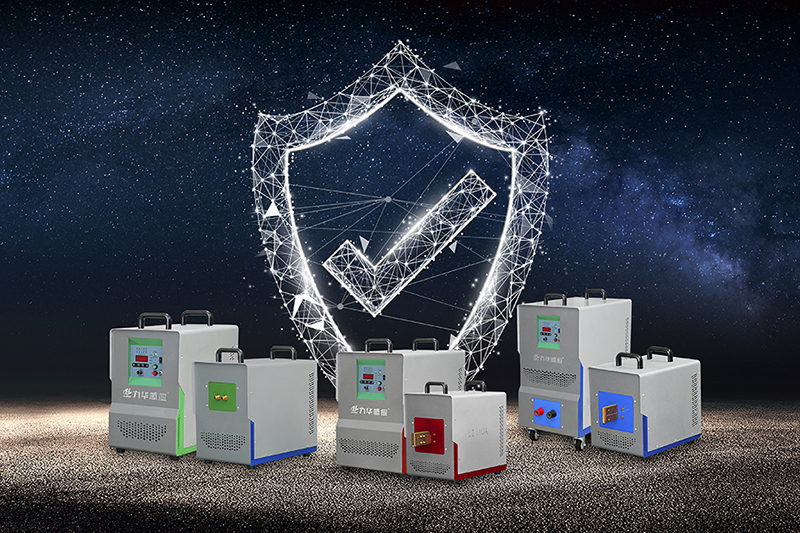Search
Categories
Related Info
Tags
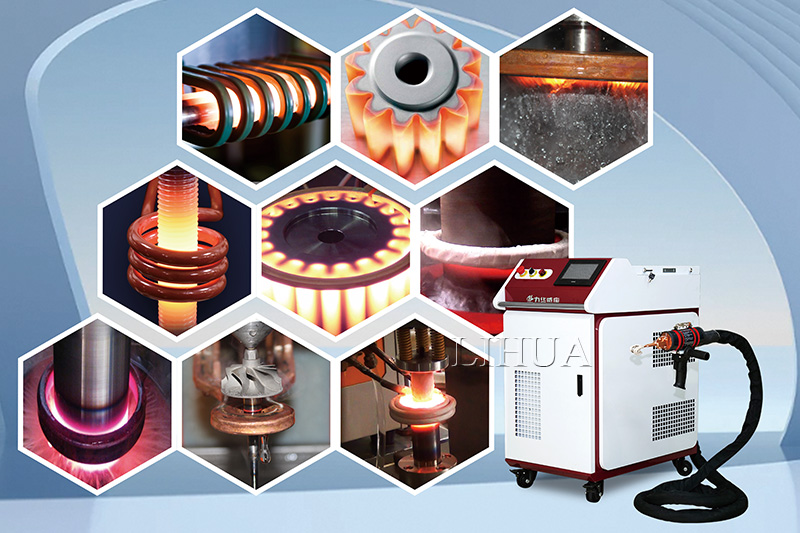
Types and functions of induction heat treatment
Time:2023-11-02Induction heat treatment is a process that uses induction heating to change the properties and structure of a material, and there are many different kinds. Each species has its own specific role and application. Here are some common types of induction heat treatment:
1. Induction Hardening:
• Definition:The surface of the workpiece is rapidly induction-heated to its quenching temperature and then rapidly cooled.
• Function:Improve the hardness and wear resistance of the workpiece surface while keeping the core part of the workpiece relatively tough.
• Application:It is used for gears, bearings, automotive parts, and other parts that require high surface hardness.
2. Induction Welding:
• Definition:The mating surface of the part is inductively heated to melt or partially melt, and then cooled to form a strong welded joint.
• Function:Two or more metal parts are joined together to achieve welding.
• Application:For the connection of pipes, cables, electronic components and metal assemblies.
3. Induction Annealing:
• Definition:The workpiece is inductively heated, then kept warm and cooled at the appropriate temperature.
• Function:Improve machinability by reducing hardness, increasing toughness, and reducing internal stresses.
• Application:It is used for softening and improving the properties of pipes, wires and other metal parts.
4. Induction Melting:
• Definition:Induction heat the material to a temperature high enough to allow it to melt.
• Function:Heat metal materials to the melting point for casting.
• Application:It is used in metal smelting and recycling, such as steel, iron, copper, aluminum, lead, zinc, gold, silver, platinum, etc.
5. Induction Deep Heat Treatment:
• Definition:Unlike traditional induction hardening, induction deep heat treatment aims to penetrate the thermal impact deep into the interior of the material to achieve a broader change in properties. After induction heating, the workpiece is subjected to deep carburizing or nitrogen treatment.
• Function:Improve the strength, wear resistance, toughness, fatigue life or other properties of metal parts.
• Application:It is used for parts that require high performance, such as aerospace parts, automotive parts, construction machinery parts, bearings, gears, rails, etc.
These types of induction heat treatment all utilize the principle of induction heating, which generates heat by introducing an electric current into the workpiece, resulting in a variety of different heat treatment effects. Each method has its own unique uses and benefits, and the appropriate method can be selected according to the specific engineering requirements. Induction heat treatment generally improves the properties and structure of metallic materials in a non-contact and efficient manner.

